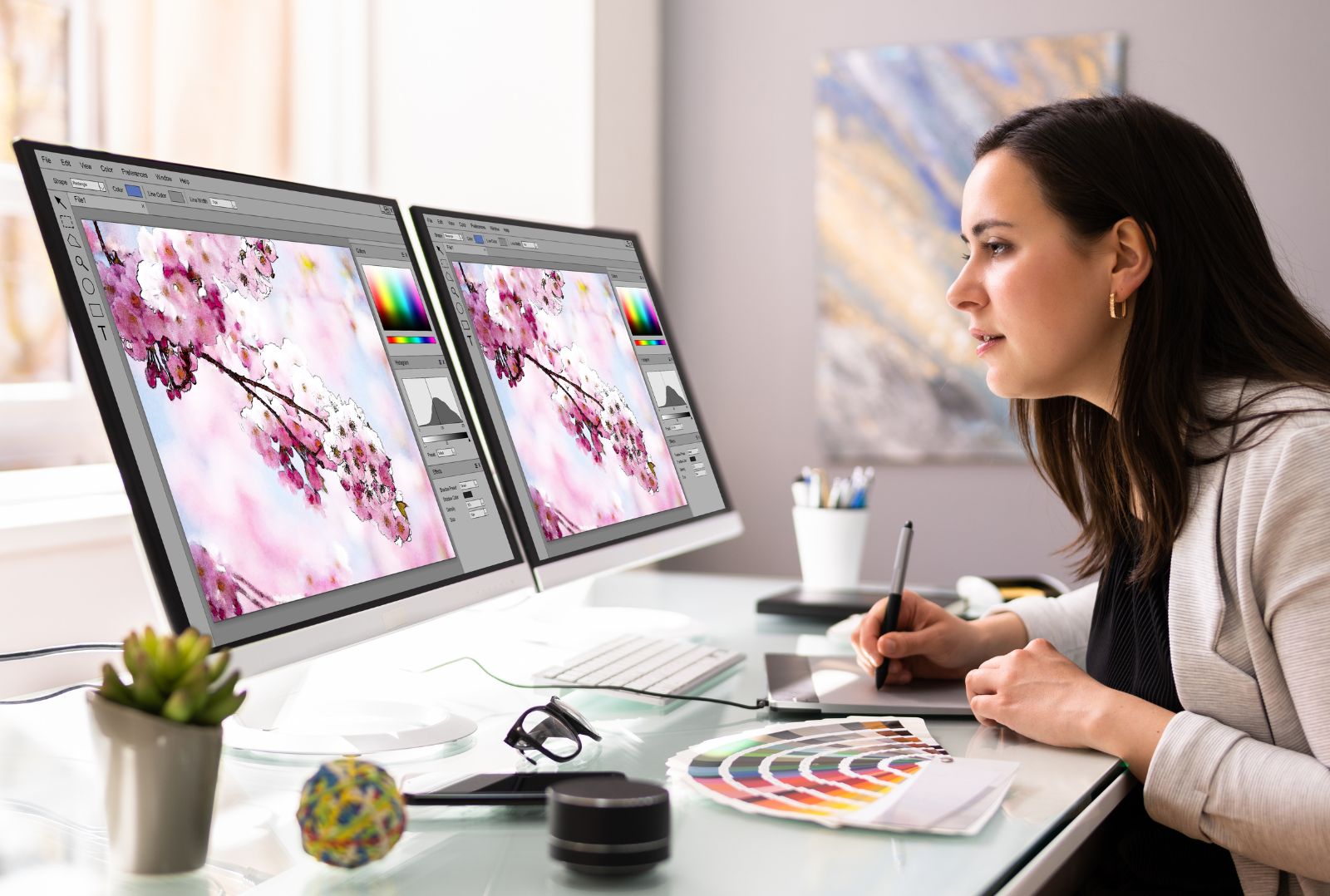Confidence is one of the many driving forces behind a successful brand, influencing customer trust and satisfaction. Therefore, understanding the factors that enhance confidence becomes essential. This article will explore how bolstering confidence in your brand can foster customer trust and attract prospective customers.
Communication and Transparency
Effective communication and transparency are vital in developing and nurturing trust and confidence in your brand. When you prioritize open and honest communication, keeping your customers well-informed about any challenges, delays, or changes that may impact their expectations, you showcase a strong commitment to transparency and build a foundation of trust. This proactive approach fosters trust even in challenging situations, as customers appreciate a company that goes the extra mile to keep them informed.
By embracing open communication channels, such as regular updates, clear and concise messaging, and responsive customer support, you establish your brand’s integrity and dedication to customer satisfaction. These actions convey transparency and genuine concern for your customer’s needs and preferences. When customers feel valued and included in the communication process, they are likelier to develop a deeper loyalty toward your brand.
Furthermore, transparent communication extends beyond simply addressing challenges or changes; it encompasses sharing your brand’s vision, values, and goals with your audience. Being transparent about your mission allows your customer base to align themselves with your brand more meaningfully. This shared understanding fosters a sense of connection and belonging, cultivating a loyal community that actively supports and advocates for your brand.
In addition, effective communication and transparency create a feedback loop that benefits both your brand and your customers. You genuinely desire to improve and evolve by actively seeking and listening to customer feedback. This approach enables you to identify areas for growth, refine your products or services, and deliver an exceptional experience. When customers see that their opinions are valued and acted upon, they feel empowered and become more invested in the success of your brand.
Communication and transparency are essential cornerstones for building a solid brand. You cultivate trust, confidence, and a lasting connection by prioritizing open communication, demonstrating transparency in all aspects of your business and actively engaging with your customers. This commitment enhances satisfaction and positions your brand as a reliable and trustworthy partner.
Learning from Mistakes
No brand is immune to mistakes; however, handling and addressing those mistakes truly matters. Now and then, even the most reputable brands encounter situations where they need to meet customer expectations. But instead of viewing these instances as failures, they can be transformed into valuable opportunities for growth and development.
When a promise made by a brand falls short, it presents a chance to demonstrate integrity and a commitment to customer satisfaction. Taking ownership of mistakes is crucial to rebuilding trust with your customers. By acknowledging the error and accepting responsibility, you showcase your brand’s humility and willingness to admit imperfections.
Promptly resolving any issues is another crucial aspect of effective damage control. Customers appreciate brands that respond swiftly and efficiently when issues occur. By promptly addressing the situation, you show that you value your customers’ time and concerns and are committed to making things right.
In addition, it’s equally important to demonstrate a commitment to continuous improvement. Brands that actively seek feedback and implement necessary changes are more likely to regain and retain customers, who can be reassured that you prioritize their satisfaction and are determined to provide the best possible experience.
Ultimately, by embracing mistakes as opportunities for growth, you position your brand as one that learns, evolves, and continuously strives for excellence. This proactive approach not only rebuilds customer trust but also reinforces your brand’s reputation as one that takes responsibility, delivers on promises, and is dedicated to constant improvement. Learning from mistakes sets the foundation for a successful brand that can navigate challenges gracefully and emerge more resilient than ever.
Going Above and Beyond
Confidence in your brand must be accompanied by action. You must actively go above and beyond to fulfill promises to maintain a positive feedback loop and strengthen customer trust.
One of the critical aspects of building confidence in your brand is consistently exceeding expectations. You can reinforce this by consistently delivering exceptional products, services, and experiences. Customers expect quality, but when you consistently surpass their expectations, you create a lasting impression that resonates with them.
Going above and beyond also means taking proactive steps to ensure customer delight. It’s about anticipating their needs, addressing concerns before they arise, and providing personalized experiences. When customers feel that you genuinely care about their satisfaction, their trust in your brand deepens. This encourages them to stay loyal brand advocates, sharing their positive experiences with others.
Furthermore, going above and beyond builds a reputation for reliability. When customers consistently receive exceptional value and outstanding service from your brand, they perceive you as a dependable partner.
In summary, confidence in your brand goes hand in hand with taking meaningful action. By going above and beyond, consistently exceeding expectations, ensuring customer delight, and building a reputation for reliability, you create a strong foundation of trust and confidence in your brand that propels your success in the long run.
Fulfilling the Transformation You Promise
Building a confident brand requires delivering on customer promises. Meeting deadlines, providing quality solutions, and delivering on your brand’s value proposition is vital for maintaining customer trust. Consistently honoring commitments creates a reputation for reliability, reinforcing confidence in your brand and solidifying your brand’s integrity, and continued confidence.
One of the fundamental aspects is fulfilling the promises you make to your customers. These promises are the foundation of your relationship with them. By setting realistic expectations and then consistently meeting or exceeding them with quality solutions, you demonstrate your commitment to customer satisfaction.
A crucial element of fulfilling these promises is meeting deadlines. Timeliness is essential in today’s fast-paced world, and customers expect businesses to deliver on time. Whether it’s providing products, services, or support, adhering to agreed-upon timelines showcases your professionalism and dedication. This punctuality fosters a sense of reliability and ensures that your customers can promptly rely on you to fulfill their needs.
At the heart of fulfilling promises lies your brand’s value proposition. Your promise to deliver this value to your customers, in turn, sets you apart from the competition. Aligning your actions with your value proposition is crucial for building a confident brand. By consistently delivering on the promises you make regarding your value proposition, you establish yourself as a reliable partner in fulfilling your customers’ needs.
When you consistently honor your commitments, you create satisfied customers who receive what they expect become more likely to advocate for your brand and recommend it to others. This word-of-mouth promotion helps expand your customer base and solidifies your brand’s reputation for reliability and trustworthiness.
Building a confident brand requires fulfilling your promises to your customers. By meeting deadlines, providing quality solutions, and delivering on your brand’s value proposition, you establish a reputation for reliability.
Conclusion
Confidence in your brand is closely intertwined with many things, effective communication, learning from mistakes, going above and beyond, fulfilling promises, and your brand’s appearance. By taking action and combining these essential elements, you can strengthen customer trust and your own, attract new potential customers, and foster a positive feedback loop. Prioritizing customer satisfaction and consistently delivering on your brand’s transformation will nurture a self-reinforcing loop that benefits your customers and your brand’s growth and success.















